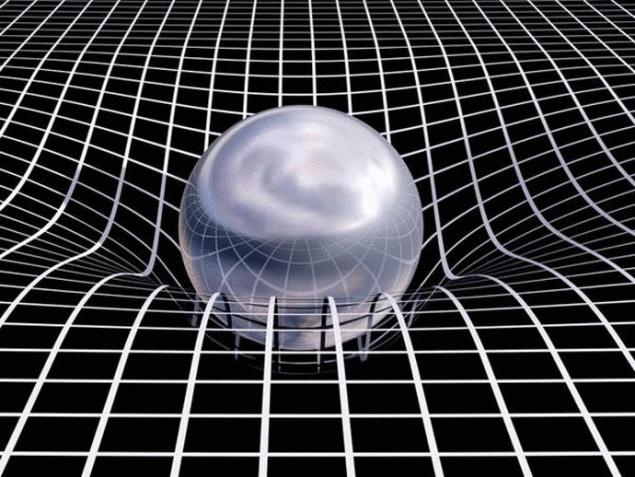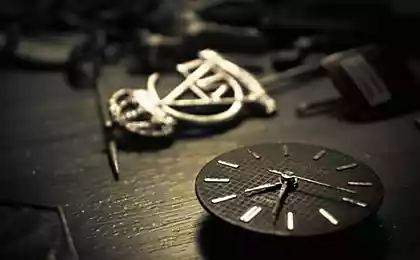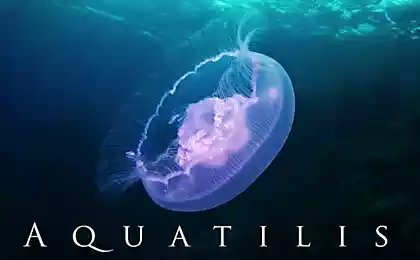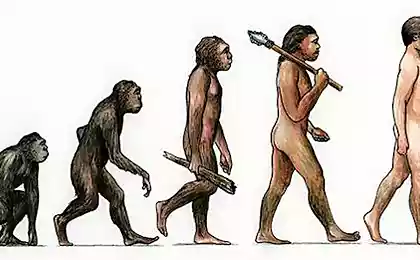471
Space - time

Space — time (space-time continuum) is a physical model that complements an equal space of time, and thus creating theoretical and physical design, called the space-time continuum. Space-time is continuous and from a mathematical point of view is a manifold with Lorentzian metric.
In non-relativistic classical mechanics, the use of Euclidean space-independent one-dimensional time, instead of spacetime is appropriate, as time is treated as universal and constant, being independent of the state of motion of the observer. In the case of relativistic models may not be separated from the three dimensions of space because the observed rate at which time passes for an object depends on its speed relative to the observer and also on the strength of the gravitational field, which can slow down over time.
In cosmology and relativistic physics the concept of space-time combines space and time into a single abstract Universe. Mathematically it is a manifold consisting of "events" described by the coordinate system. Typically requires three spatial dimensions (length, width, height) and one temporal dimension (time). Dimensions are independent components of a coordinate grid needed to locate the point in a limited "space". For example, on the Earth latitude and longitude are two independent coordinates which together uniquely define the position.
In the space-time grid that stretches in 3 1 dimensions locates events (rather than merely points in space), i.e. time is added as another dimension in the coordinate grid. Thus, the coordinates define where and when the events occur. However, the unified nature of space-time and its independence from the choice of coordinates suggests that to Express the temporal coordinate in one coordinate system is needed as a temporary and spatial coordinates in another coordinate system. In contrast to the usual spatial coordinates in space-time the concept of the light cone, which impose limitations on valid coordinates if one of them always has to be temporary. These restrictions are rigidly connected with a particular mathematical model which differs from Euclidean space, with its obvious symmetry.
In accordance with the theory of relativity, the universe has three spatial dimensions and one temporal dimension, all four dimensions are organically linked in a single whole, being almost equal and within certain limits is able to transform into each other by changing the observer frame.
In the framework of the General theory of relativity space-time is unified and dynamic nature, and its interaction with all other physical objects (bodies, fields) and there is gravity. Thus, the theory of gravitation in the framework of General relativity and other metric theories of gravity is the theory of space-time, we believe not flat, but able to dynamically change its curvature.
Until the early twentieth century relied independent of state of motion, flowing with a constant velocity in all reference frames; however, later experiments revealed that time slows at higher speeds, one frame of reference relative to another. This slowing, called relativistic time dilation due to special relativity. The time dilation confirmed by many experiments such as the relativistic slowing down of the muon decay in the flux of cosmic rays and the slowing of atomic clocks aboard a space Shuttle, missiles and aircraft on established on Earth hours. The duration time can therefore vary according to events and reference system.
The term space-time is widespread far beyond the interpretation of space-time with a normal 3 1 dimensions. It's really the connection of space and time. Other proposed theories of space-time to include additional measurement, normally spatial but there exist some speculative theories that include additional temporal dimensions and even some that include dimensions that are neither temporal nor spatial (e.g., superpotato). How many dimensions are needed to describe the Universe — this question is still open. Speculative theories such as string theory predict 10 or 26 dimensions (with M-theory predicting 11 dimensions: 10 spatial and 1 time), but the existence of more than four dimensions would matter only at the subatomic level. published
P. S. And remember, only by changing their consumption — together we change the world! ©
Source: ru.vlab.wikia.com/wiki/Пространство-время
10 simple rules for women, training for result
Artificial intelligence is too difficult for the programmers























